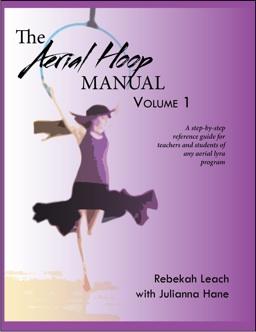Obviously I’m getting my dose of wellness in the physical
sense as a fitness instructor. However,
being a fitness instructor is only a part time gig for me. I also have a day job. As much as I’d like to devote my entire existence
to the world of pole, in reality, that is just not feasible for everyone. For those of us who can’t make a career out
of pole, we must have another form of income and for many of us; this is
accomplished by a Monday through Friday nine to five. For me, my day job used to be a night job. Yes my friends, I’m a nurse. Nursing offers you the ability for a wide
range of positions. I used to work in
the most critical elements alongside the nation’s best physicians giving people
a second chance at life through organ transplant. Now a days, my day job is little more low key
in the stress level and consists of primarily educating a vast pediatric
population in a school community health clinic.
I work for one of the highest ranked hospitals in the state that focuses
their care on the patient spiritually and as a whole. I am grateful to have the opportunity to work
within ministry health as it encompasses more attributes I’d longed for as a
nurse rather than just treating the patient like another diagnosis.
In addition to the quality care of patients, the
organization also focuses on wellness of their employees. I participate in a program offered through
the organization called Virgin Health Miles.
This program lets participants get physically active while offering paid
rewards. In one year, I can earn up to
$500. Participants wear a pedometer to
log daily steps. Challenges are also
available where a set number of steps must be acquired in a specified time
frame. Those completing challenges or
uploading daily steps receive points.
The point system is divided into five levels. The completion of the level allows the
participant to receive a monetary award.
You can choose to bank your reward or cash out and start your journey
over again. The amount of physical
activity you do and your diligence in recording in your activity journal also
awards you points toward completing your one of five levels. I find the program to be extremely rewarding
and something that keeps me motivated.
My goal for the program currently stands at banking enough
money to purchase a purple kayak I found online through Bass Pro Shop. A friend and coworker of mine used her money
to buy her first fitness pole through Xpole.
I think overall the program is a wonderful idea. I’m surprised more companies are not
participating in these types of programs.
I’d never heard of these types of programs until I started working in my
current position. I’m hoping as time
goes on more companies will offer these incentives for their employees. As the saying goes, if you don’t have your
health, you’ve got nothing at all!

